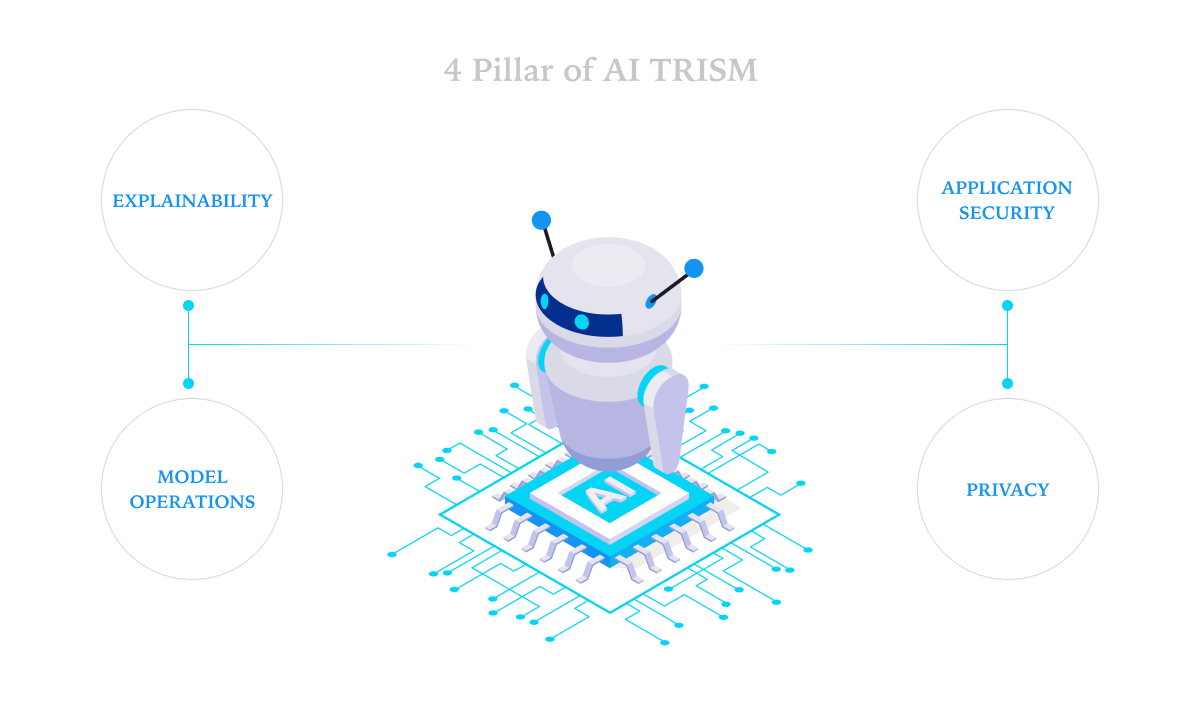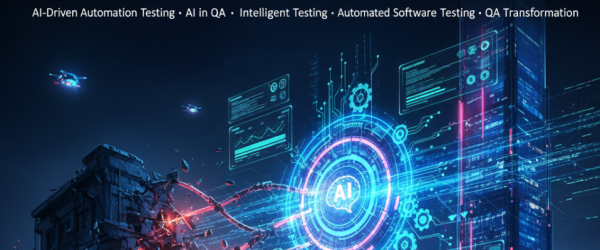Organizations that implement thorough management of trust, risk, and security in artificial intelligence (AI TRiSM) are better equipped to deploy more valuable AI models into production. Here’s why and how :-
The U.S. blueprint for protecting society from harmful AI highlights the need for an AI Bill of Rights, which emphasizes the need to build safeguards into AI models and strategies. This underlines the importance of taking a rigorous approach to AI trust, risk, and security management (AI TRiSM).
AI TRiSM is a framework that enables AI model governance, trustworthiness, fairness, reliability, robustness, efficacy, and privacy. It involves techniques, solutions, and processes for model interpretability and explainability, model operations, privacy, and protection against adversarial attacks for the enterprise and its customers.
How AI TRiSM is becoming a popular technology
Failure to manage AI risks can increase the likelihood of negative AI outcomes and security breaches. As a result, models may not function as expected, leading to security and privacy issues, as well as financial and reputational damage, which can also harm individuals. Incorrectly executed AI can also result in organizations making poor business decisions.
The Significance and Functioning of AI TRiSM
Before AI protections are mandated, it’s important to establish practices that ensure trust, transparency, and consumer protection. To achieve model reliability, trustworthiness, privacy, and security, IT leaders must implement new AI TRiSM capabilities.
Waiting until models are in production only increases the risks. Therefore, IT leaders should be familiar with potential compromise scenarios and use AI TRiSM solutions to properly protect AI.
AI TRiSM requires the collaboration of a cross-functional team, including members from legal, compliance, security, IT, and data analytics departments. A dedicated team or task force should be set up, ensuring appropriate business representation for each AI project, to achieve the best results.
By implementing AI TRiSM practices, organizations can achieve benefits beyond regulatory compliance. They can improve the business outcomes they get from using AI, instead of just meeting the requirements imposed by regulations.
In brief:
- Implementing AI TRiSM capabilities can guarantee the reliability, trustworthiness, security, and privacy of AI models.
- To maximize the benefits of AI adoption, achieve business goals, and increase user acceptance, it is essential for organizations to manage AI trust, risk, and security.
- AI TRiSM can be viewed as a solution set that helps to safeguard AI properly.
Thank you for reading. For continued insights and in-depth discussions, please follow our blogs at Ezeiatech.







